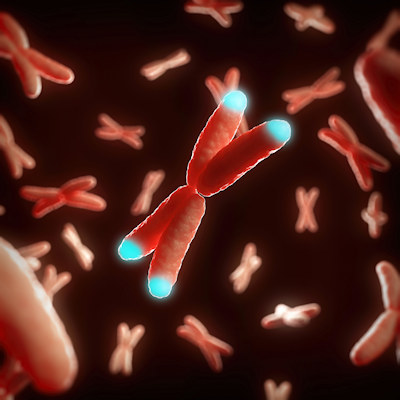November 2, 2022 -- Mount Sinai researchers have catalogued thousands of sites in the brain where RNA is modified or edited throughout the human lifespan, potentially advancing our understanding of neurodevelopmental and aging disorders.
Their study, published November 1 in the journal Cell Reports, outlines how the rate of RNA editing in the brain increases as individuals age.
While DNA holds genetic blueprints, RNA carries out its instructions to create functional proteins. Accumulated RNA modifications can alter protein function. The researchers catalogued thousands of sites in the brain where RNA is modified or edited -- a process called adenosine-to-inosine (A-to-I) editing. Such edits have functional consequences as humans age.
The researchers compiled brain RNA sequence data from the cells of about 800 individuals, ranging from the first embryonic progenitor cells to functionally distinct brain tissue from centenarians. This broad sweep enabled a first-ever depiction of how A-to-I editing evolves over a lifetime. They found unedited RNAs expressed more predominantly during fetal development, while edited RNA was more abundant in adult brains.
The team also investigated how genetic variability explains differences in A-to-I editing as individuals age. They found that because editing sites are strongly regulated during early fetal development, editing levels for thousands of sites are significantly different, based on unique genetic variants. Postnatally, this distinction evened out.
"By providing an atlas of A-to-I sites, we've opened the door to further understand brain neurodevelopment through the lens of A-to-I RNA modifications," senior author Michael Breen, PhD, assistant professor at Mount Sinai, said in a statement. "It's more clear now than ever that elucidating the dynamic regulation of RNA editing can offer unique insights into their role in promoting health as well as disease."
Copyright © 2022 scienceboard.net










